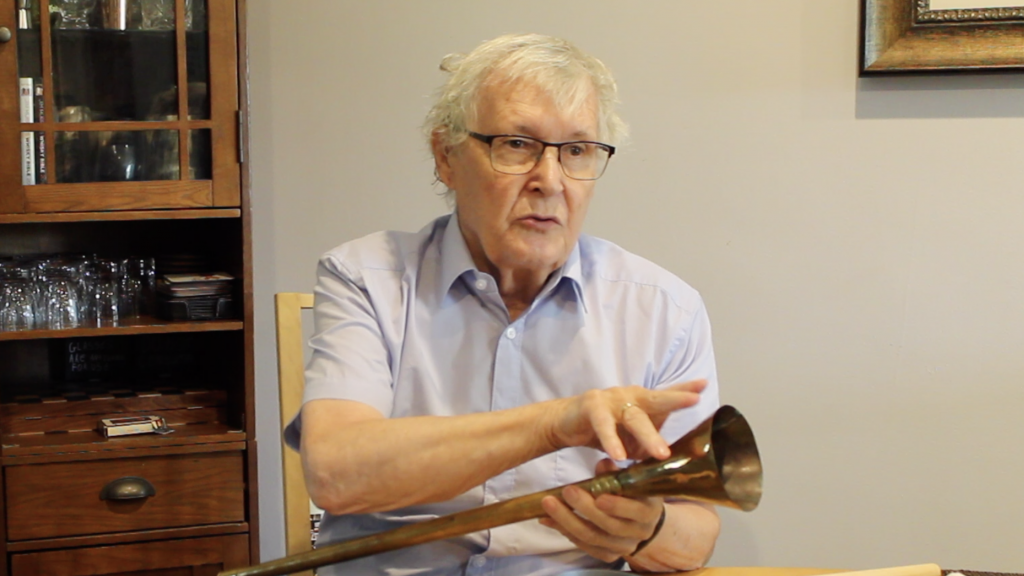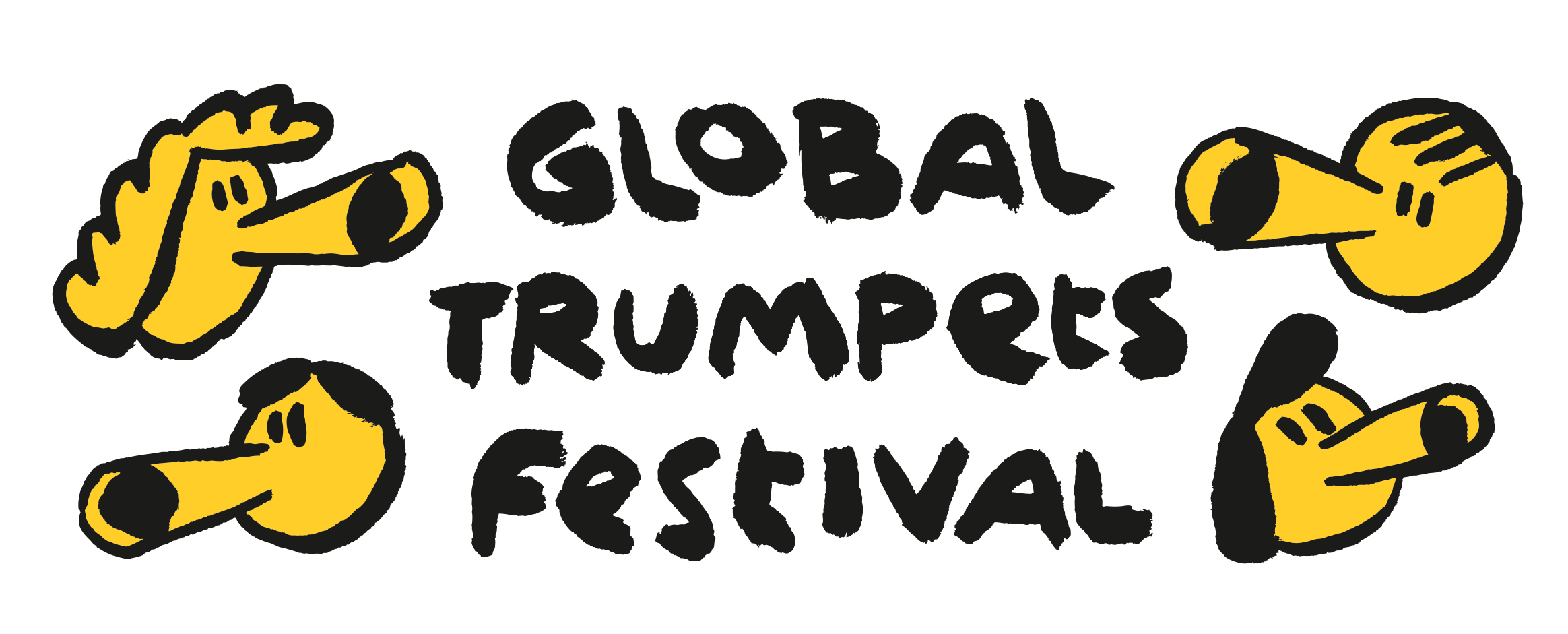
Dr. Peter Holmes
Peter Holmes is a music archaeologist who trained initially as an engineer, serving a five-year engineering apprenticeship at Rolls Royce Ltd, later becoming a Chartered Mechanical Engineer. He went on to get a degree in geophysics before embarking upon a PhD in music archaeology in the 1970s.
Being an active trumpet player and an engineer, he started early on to modify and then to make brass (lip-reed) musical instruments and the PhD brought together his interests in the field of brass instruments, focussing upon instruments prior to 500AD. It also combined his interest in making things with the application of experimental archaeological techniques to aid in the understanding of the acoustic world of instruments whose only footprint has been physical remains or iconographic representation.
In order to understand the inter-relationship between the design and manufacturing technologies of the late bronze age cast instruments, it was necessary to carry out casting experiments to investigate the role of the clay bodies used to make moulds and cores and the techniques used to support cores. This called for several hundred casting experiments to test theories and to make instruments.
Since the completion of his PhD, Peter has made dozens of 3D representations of instruments, using authentic materials to facilitate the study of the manufacturing techniques used to make these in the past and to investigate their acoustic qualities. These instruments have come from among other places, New Kingdom Egypt (trumpets), Irish bronze age (Wicklow pipes, horns, crotals), Baltic area bronze age (lurs), Irish iron age (trumpets), British iron age (Tattershall Ferry Carnyx), Etruscan (salpinx, litui, cornua, sistra and other ideophones), Greek (salpinges), Roman (tubae), etc.
He is currently working on European iron-age brass (lip reed) instruments with a view to recreating the sound word presented by the group of instruments known to have existed during that period.
Photo: © private

